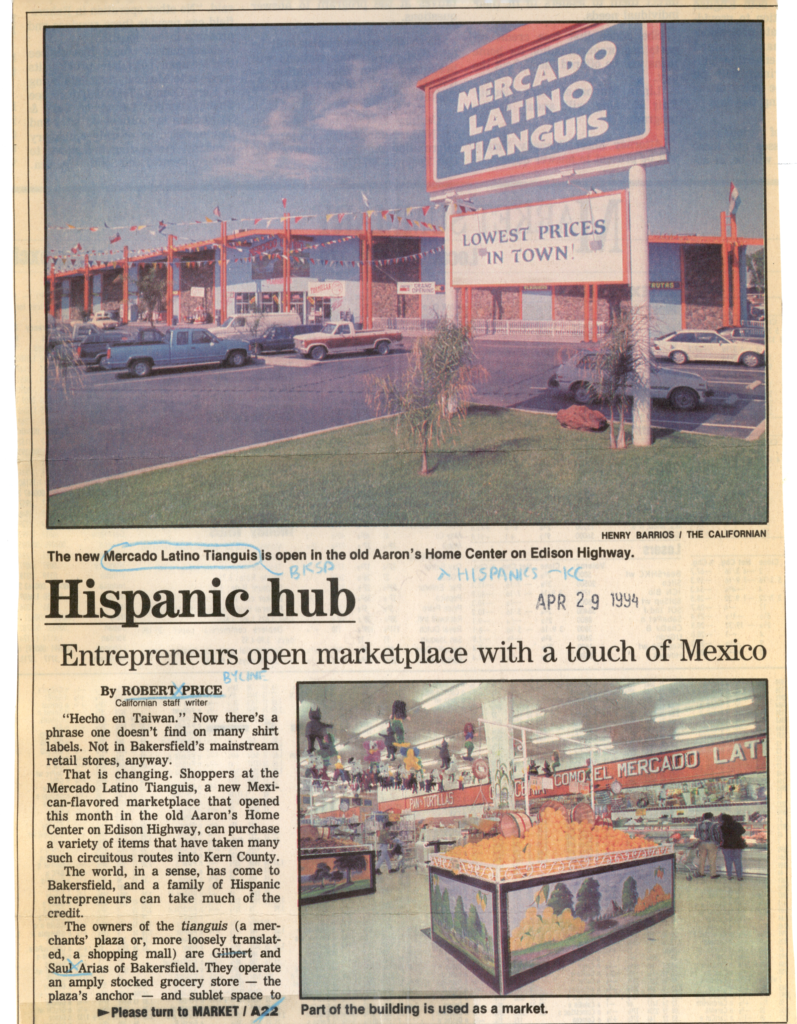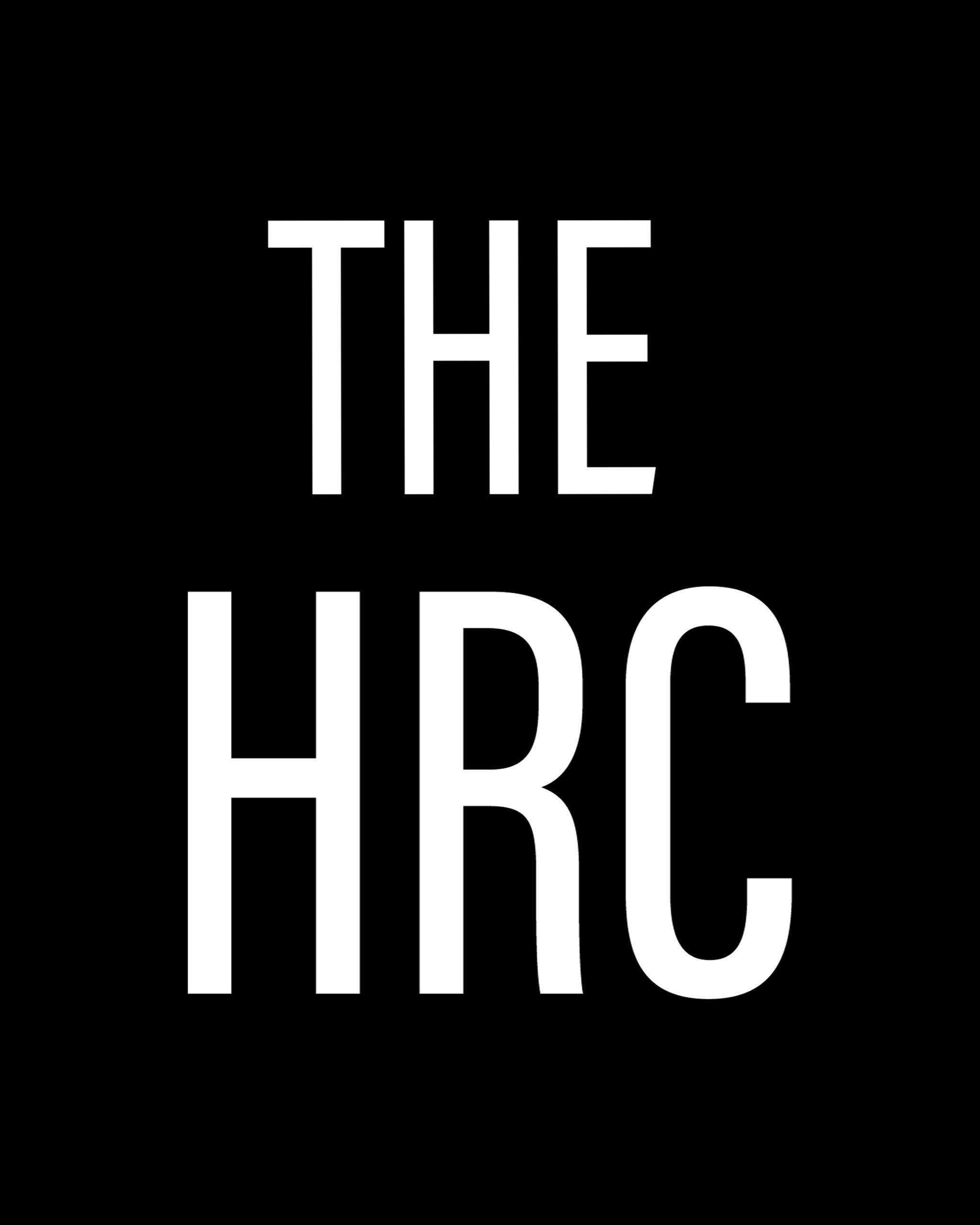Before 1938 – Buying on Contract – Covenants – Covenant Database – East Bakersfield
Education – Eminent Domain – Moving into a Neighborhood – Neighborhoods
Public Housing – Resources – Rumford Fair Housing Act – Suburban Expansion – Zoning
East Bakersfield
The development of East Bakersfield, north and east of Sumner, started with the redevelopment of older neighborhoods like the Drury Tract and subsequent additions (1893, 1896, and 1907), signifying the first East Bakersfield developments. By 1940, a new East Bakersfield had formed and was redeveloping. In 1939, and later, tracts like 1282 (1947), 1369 (1947), 1300 (1947), and 1095 (1939) were re-subdivided into the Drury Tract. All the new tracts had race restrictions.
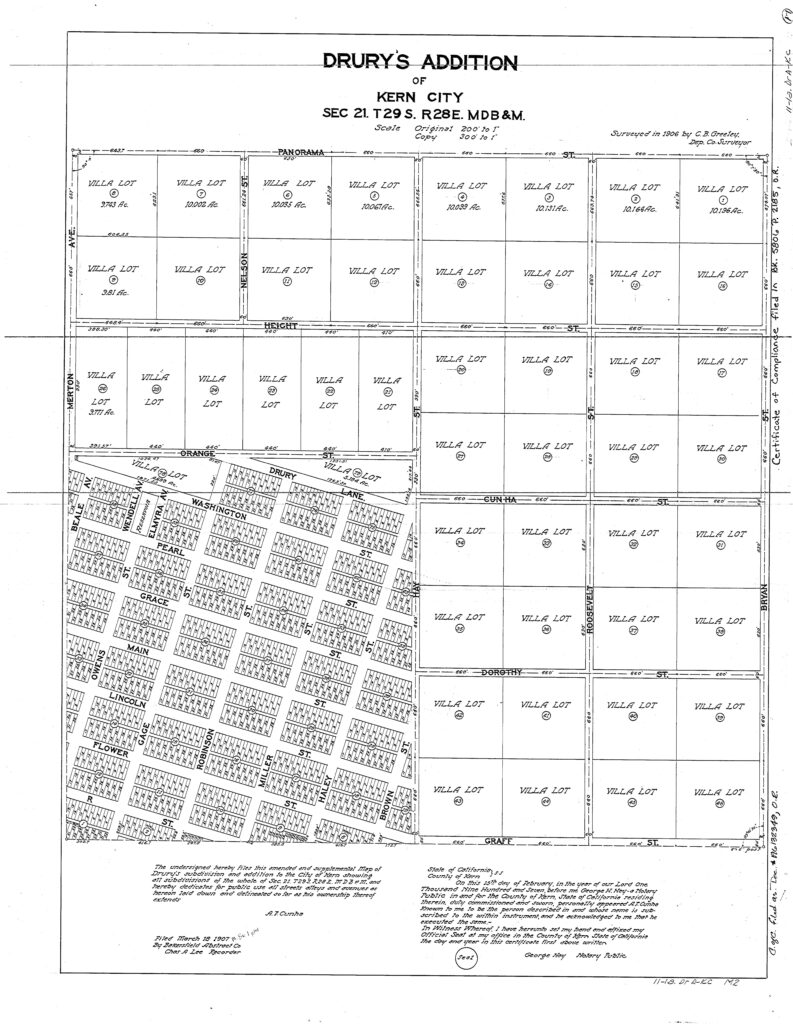
Older neighborhoods like Monte Vista (established in 1916, covenant added in 1939) and La Naranja (established in 1916, covenant added in 1941) had restrictions added to the tract after the initial subdivision in 1916. This signified the new and renewed housing development during the FHA and HOLC New Deal housing policies. This also was the start of the revitalization of older white neighborhoods.
All these tract neighborhoods were in close proximity to East Bakersfield High School and Kern General Hospital. Along with education buildings and commercial centers, the “New” East Bakersfield’s growth started a new phase of housing development after the building of the Kern General Hospital in 1925, located on Flower Street. East High was a Works Progress Administration publicly funded project. It was completed in 1938. These two public buildings on the East Side started a proliferation of housing developments in the “new” East Bakersfield. These neighborhoods were attractive building sites due to the FHA recommendations of grading loan standards and restrictive policies introduced after 1938.
Grading was a standard of home finance introduced during the New Deal. Grading included proximity to schools, areas of commerce, hospitals, parks, and other characteristics of “desirability.” The closer to these commerce, recreation, and education centers landed the property higher on the scale of home loan finance opportunities. Restrictive covenants were recommended to limit the use of the home outside of living, standardized characteristics (like committee approvals), and racial restrictions. Housing between 1938 and 1950 reserved the best homes and financing for white communities all over America. This pattern is visible in East Bakersfield. By 1950, East Bakersfield was one of the most desirable areas to live in.
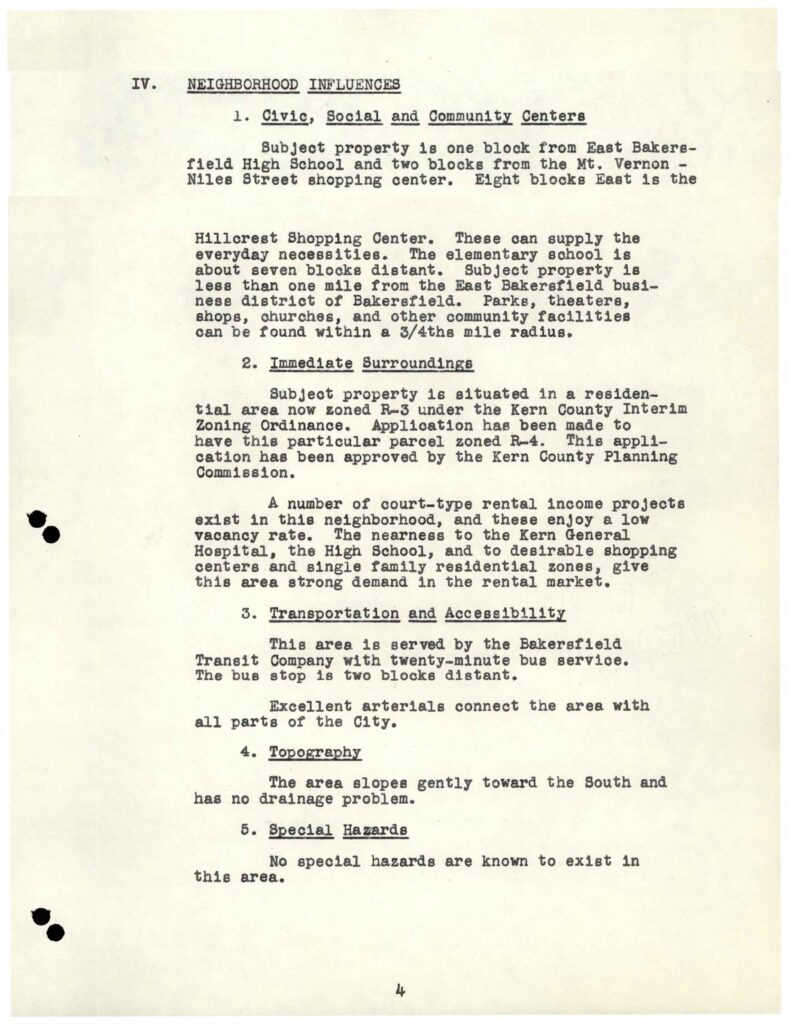
East Bakersfield also became the new home of Bakersfield College which was outgrown. College officials expressed interest in relocating the campus away from Kern Union High School. In April 1956, Bakersfield College opened the campus after spending 8 million dollars on the new facilities on the Panoramic Bluffs. As the college opened, it created a new string of developments surrounding the campus. The college sustained the influence of East Bakersfield in the following decades. East Bakersfield experienced constant growth until recent history.
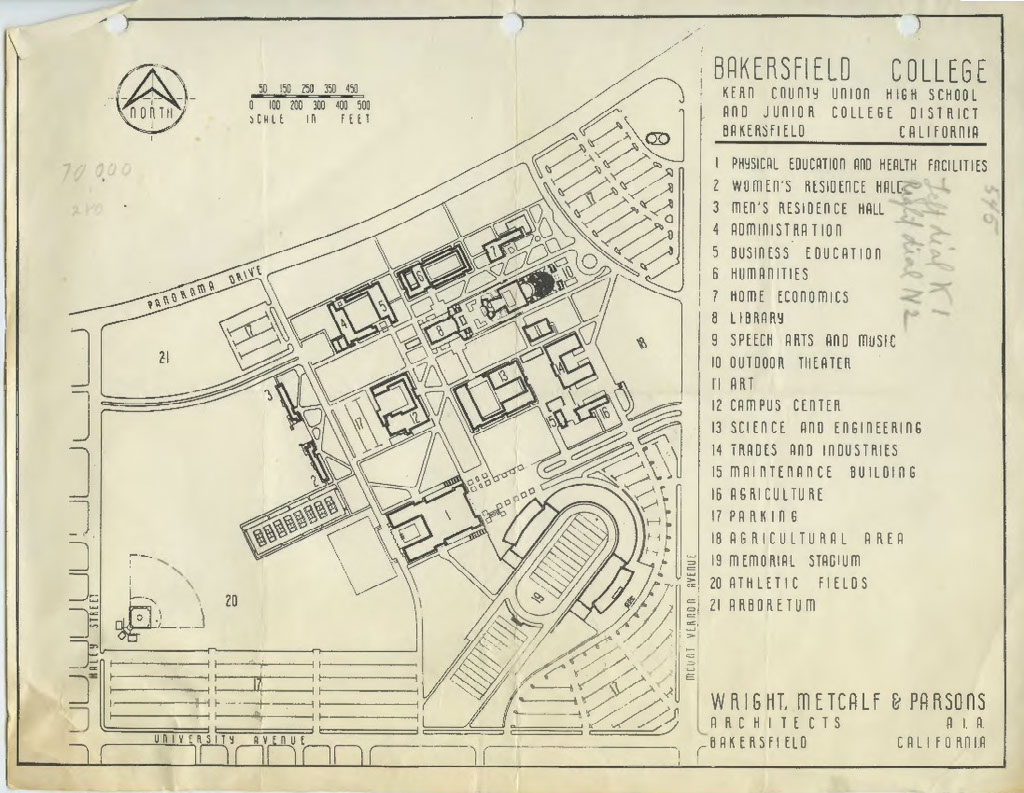
In 1988, the East Hills Mall opened; it subsequently was demolished in 2021. The East Hills Mall’s failure signifies the development pivot to the Northwest, West, and Southwest. This is also the period of rapid growth of Hispanic and Black communities in East Bakersfield, outside of Mayflower and Sunset. By 2020, East Bakersfield had Hispanic-dominant areas. Some are now predominantly Hispanic. East Bakersfield was the first site of a Hispanic grocery supermarket, Pro’s Ranch Market, opening in the 2000s at the intersection of Mt. Vernon and Niles Street. Now, there are Superior Grocery stores, Vallarta Grocery stores, and many smaller markets that have opened as they see Hispanic residents as stakeholders in cultural investment, including ethnic foods. Most recently, a Vallarta Grocery store opened on Rosedale Highway, a predominantly white area, and in the same parking lot where there was a confrontation between Alt-Right Supporters of former President Trump and anti-trump activists. The most recent investment in the Southwest has been Vallarta’s announcement of a new proposed grocery store at the intersections of Panama and Old River, where new homes are under development with prices advertised right below $500,000. This represents Hispanics at the pinnacle of investment, where chains and Hispanic serving stores see Latina/o/x as stakeholders in areas that are not at the poverty or affordable new construction income level.
Prior to the rise of Hispanic supermarkets, Mercado Latino opened on April 10, 1994, at California and Chamberlain Avenues. Mercado Latino is a diverse shopping area where small business owners rent a storefront and sell inside and outdoors in the building area. Previously, the building had been an Aaron’s Home Center. The original Mercado Latino was a grocery store with sublet space for independent merchants. Merchandise included tools, music, balloons, decorations, shoes, clothes, jewelry, and Mexican food. April 2024 will be its 30th anniversary.
